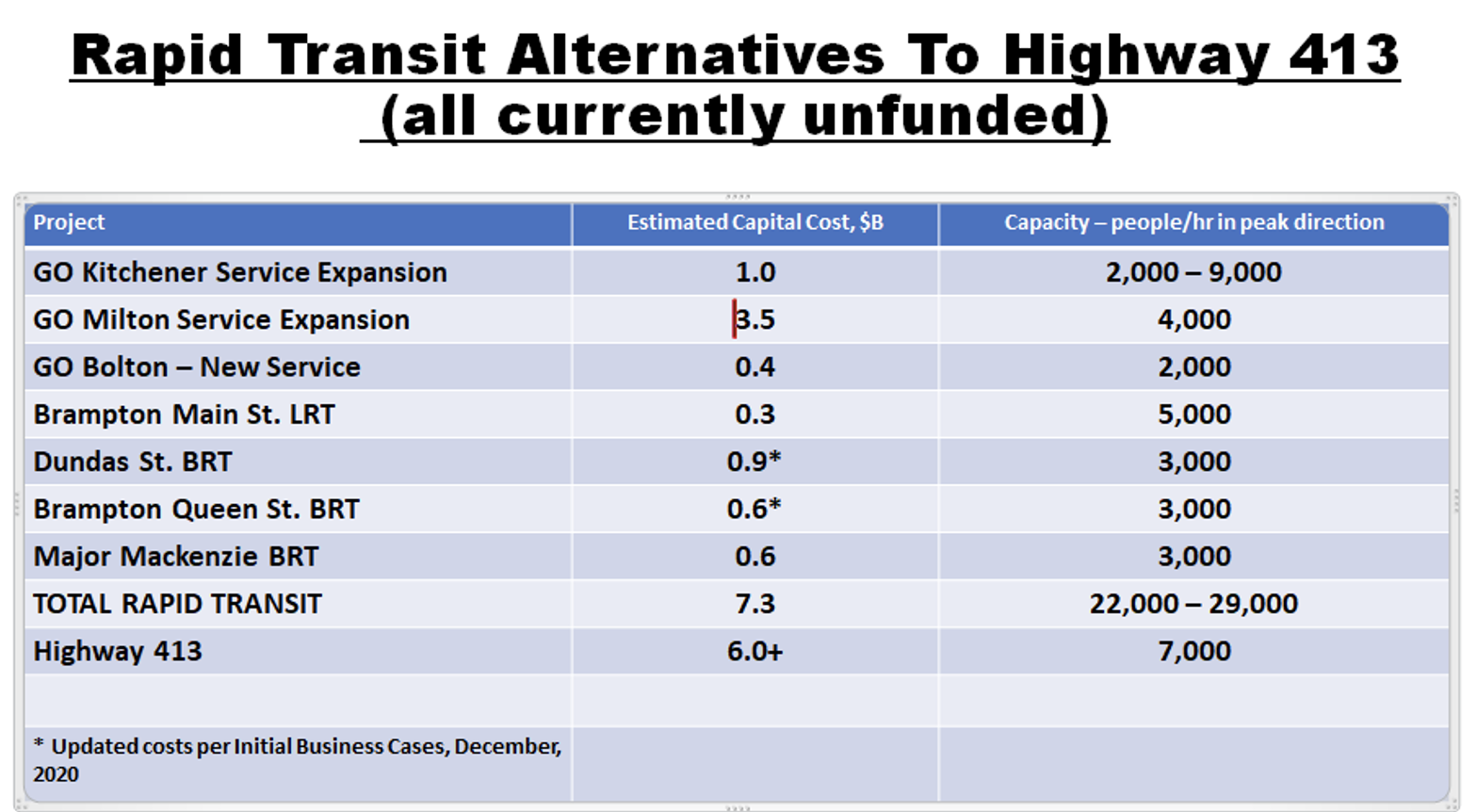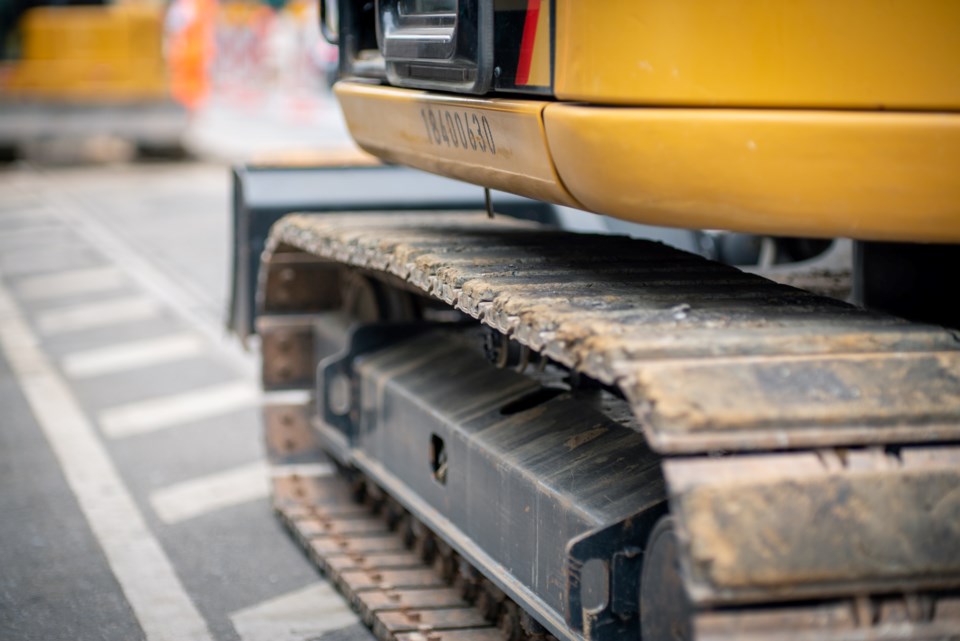There is no arguing about the problem. Congestion on Highway 401 is terrible. Drive on it any time of the day or night, and you can see the issue.
For many of us, building a new highway seems like the obvious solution. After all, that is what we have always done - just add road capacity and the problem is solved - at least temporarily. The fact that it is a temporary fix begs the question of what we should expect from a $6-8 billion investment.
History has shown that new highways quickly fill up as drivers adjust to the opportunity the new highway presents. Next thing you know, people are making different decisions about where they will work and build their businesses based on the new highway. 'Build it, and they will come' was never truer. It is what transportation planners call 'induced demand'.
If we are interested in a more lasting fix, we should think about what is causing the congestion. Why is commuting in Toronto the worst in North America? The Best and Worst Cities for Commuting | Expert Market.
Part of the answer may come from looking at how our municipalities have been planned and where we have focused our investments for the past 50 years.
For decades municipalities surrounding Toronto have been built as car-dependent sprawling low–density suburbs. The sea of single-family dwellings demanded that homeowners have at least one car and usually two or more. These suburbs do not have the density to support proper transit. With infrequent or no transit and therefore no viable options, everyone drives a car.
Since people prefer to drive rather than take transit, it is natural that the government would focus the vast majority of its transportation budget on roads and not on transit. GO transit has made great strides forward in the last decade, but it has been 50 years in the making.
There is also no denying that the GO Train service is a hub and spoke system. If you want to go somewhere other than Union Station, it is very inconvenient. Although we have GO Buses, they often get caught in traffic and are a slow option to get anywhere. It is no wonder that people chose their car over the bus.
If we keep building highways instead of investing in transit, this will be an ever-repeating story.
On the other hand, if the same $8 billion is available for investment in transit and for maximizing the use of highway 407, there are game-changing options available that have far more benefits for people's lives, for the environment and for addressing climate change all accomplished by taking a different approach.

This chart was prepared by Peter Miasek, President of Transport Action Ontario, a long-standing non-government organization focusing on public transportation, and a co-author of the 2020 report "Is Building Highway 413 the Best Option for Moving People and Goods in the GTA West Region?".
The chart compares the capacity to relieve congestion achieved by investing in highway 413 versus investing in transit.
The most stunning comparison is the difference in capacity to move people per hour. Rapid transit can carry 3 to 4 times as many people as highway 413. Yes, many people will still drive, but with all of these other people no longer sharing the highway with you, the congestion problem will be lessened much more than if the 413 is built. Think of it as eliminating ten cars around you versus eliminating 30 to 40 cars. It is a very big difference.
This report also recommended subsidizing trucks to use the 407, which is, for the most part, an underutilized asset. The trucks could have a dedicated lane and use the highway free of charge.
There are other important reasons to choose transit over a new highway.
The unfortunate consequence of building the 413 is that 2000 football fields of habitat will be lost, 110 species at risk of extinction will be negatively impacted, thousands of acres of prime agricultural land and 220 wetlands will be gone. These are very significant consequences. Loss of prime farmland alone should give us pause for consideration in a world where climate change threatens our food security.
The unfortunate consequence of building the 413 is that 2000 football fields of habitat will be lost, 110 species at risk of extinction will be negatively impacted, thousands of acres of prime agricultural land and 220 wetlands will be gone.
If, on the other hand, we invest in the transit option, thousands of people will have a better option for commuting, and more people will have the opportunity of owning one less car. When everything costs more, eliminating the cost of one vehicle could make a big difference in how people live.
Although we can expect vehicles to transition to electric car culture is still bad. If we plan for cars, we will continue to require a car to get to services and all other destinations. People will still need at least two cars; municipalities will need to build more roads and provide more parking for all these cars. That will mean using more precious land just to accommodate all the cars. Sprawling low-density neighbourhoods will continue to be built and subsidized by local taxpayers because they are very expensive for the municipality to maintain.
We have a choice to make. Do we want to rely on old solutions that keep people in their cars, induce sprawl, and are ineffective in the long term? Or do we want to learn from other cities where the focus has shifted to modern, efficient regional transit systems to move people?
Why not choose the option that most effectively responds to the climate crisis, does not threaten our future food security and is stunningly more effective at solving our congestion problem for the long term?



